Living with ADHD often feels like I’m caught in a whirlwind of thoughts, emotions, and distractions. My journey to understand and manage my ADHD symptoms began with the realization that medication wasn’t the only path forward for me. As someone who constantly asks, “What is the root cause?” and believes in the power of natural and holistic healing over big pharma, I felt drawn to explore alternatives that align with my lifestyle and values. This quest for understanding and balance ultimately inspired me to write my recent book on the subject.
In this post, I want to share the strategies that have worked for me, along with the reasons behind their effectiveness, all backed by research.
The Start of My Journey
When I self-diagnosed with ADHD at age 35, it felt like a light bulb moment; everything suddenly made sense. The whirlwind of thoughts, the constant restlessness, and the emotional rollercoaster I had been riding for years were finally given a name. However, this realization quickly turned into overwhelming anxiety when faced with the typical recommendations of medication as the primary treatment. I remember standing at my fancy standing desk in my office, staring at the piles of information I had gathered, feeling both relieved to have clarity and anxious about what lay ahead.
While I recognized that medication can be effective for many, it just didn’t resonate with me. I had always been someone who sought out natural remedies and holistic solutions, so the idea of relying on pharmaceutical intervention felt out of alignment with my values. I couldn’t shake the feeling that there must be other ways to manage my symptoms that wouldn’t come with the side effects and dependency that often accompany ADHD medications.
This internal conflict propelled me on a quest for alternatives. I dove deep into research about diet, mindfulness, and exercise, seeking solutions that would not only address my ADHD symptoms but also enhance my overall well-being. Along the way, I experimented with various strategies—some worked, while others fell flat. I vividly recall a moment when I took a long walk in nature after a particularly challenging week; it was then I realized how profoundly grounding the experience was for my mind and spirit. Those moments became my refuge.
Motivated by my journey, I felt compelled to share what I had learned. This inspired me to write my book, where I candidly share my experiences and the various holistic strategies I discovered along the way. Through writing, I not only found clarity but also a sense of community and connection with others who might be facing similar challenges. It was a transformative process that deepened my understanding of ADHD and how to thrive despite it.
Upcoming Book Release: “Navigating ADHD & PMDD Naturally”
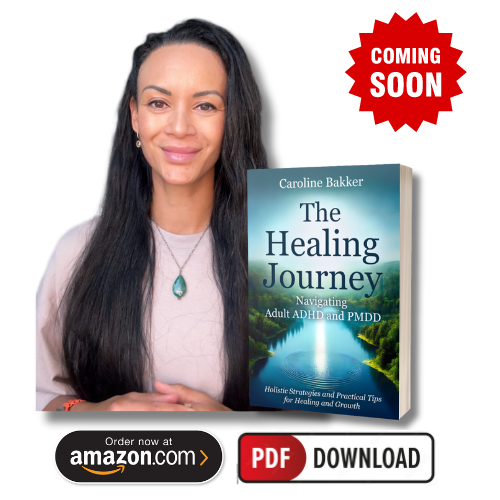
My upcoming book, “Navigating ADHD & PMDD Naturally,” is on the horizon. This book is for anyone who has felt overwhelmed by ADHD, whether you’re newly diagnosed or have been navigating this journey for years. It’s designed for those looking for holistic, practical solutions to manage their symptoms without medication.
In “Navigating ADHD & PMDD Naturally,” you will find:
– Proven strategies: for managing ADHD symptoms through nutrition, mindfulness, exercise, and lifestyle changes.
– Personal stories: that illustrate the challenges and triumphs of living with ADHD.
– Research-backed insights: into how these holistic approaches can support brain health and emotional well-being.
If you’re seeking a path that embraces natural solutions and empowers you to take control of your ADHD journey, this book is for you! Stay tuned for its release, and I can’t wait to share it with you.
Holistic Approaches to Managing ADHD
In the book I share details of natural holistic ways to manage your ADHD symptoms, without medication. Below are some of the top tips from my book.
1. Diet and Nutrition
Eating a balanced diet rich in whole foods provides the brain with essential nutrients needed for optimal functioning. I focus on including lots of Omega-3 fatty acids, found in fatty fish, chia seeds, flax seed and walnuts in my diet. Omega-3’s are particularly important because they help build brain cells and improve communication between them. This can enhance focus and reduce impulsivity. I also supplement with a high quality Omega 3 (not just a fish oil, but a carefully curated EPA and DHA mix).
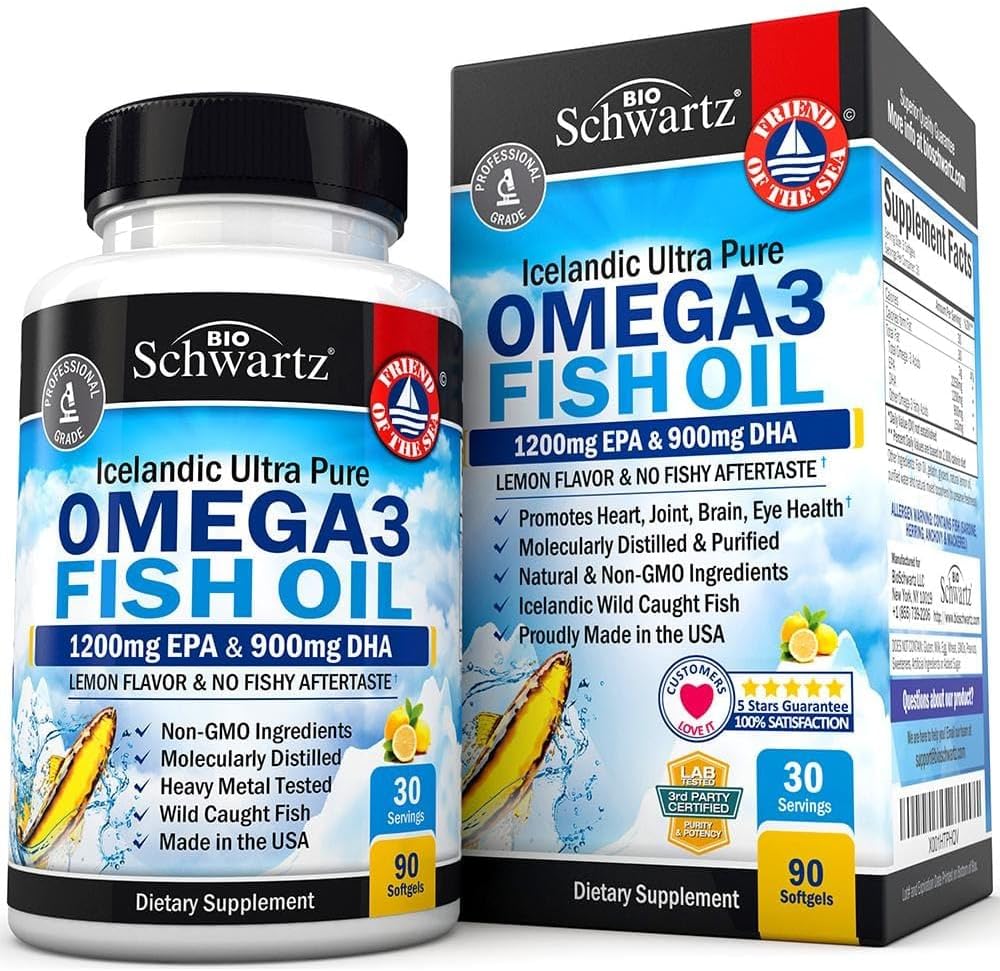
I use this Omega 3 Fish Oil for its quality and the beneficial mix of EPA and DHA, which are essential for supporting my brain health, especially in managing ADHD and PMDD. With 1200 mg of EPA and 900 mg of DHA per serving, this non-flavored fish oil provides a convenient way to incorporate omega-3s into my daily routine. These fatty acids have been shown to help improve focus, reduce inflammation, and stabilize mood, making them a vital addition to my wellness strategy.
Studies show that omega-3s are crucial for maintaining the structure of brain cells and promoting the production of neurotransmitters, which are chemicals that transmit signals in the brain. A deficiency in these nutrients can lead to increased symptoms of ADHD. [1]Hawkins, M., O’Connell, M., & Goodman, K. (2022). “Omega-3 Fatty Acids and ADHD: A Review of the Evidence.” *Journal of Child Neurology*, 37(1), 57-64.. Reducing sugar and processed foods helps stabilize my mood and energy levels.
2. Mindfulness and Meditation
Practicing mindfulness and meditation has been transformative for managing my ADHD. Studies have demonstrated that mindfulness can improve attention and reduce impulsivity in individuals with ADHD [2] Zylowska, L., et al. (2008). “Mindfulness Meditation Training in Adults and Kids with ADHD.” *Journal of Attention Disorders*, 11(6), 737-746.. By incorporating daily meditation into my routine, I’ve learned to anchor my thoughts and develop greater self-awareness, enhancing my ability to manage distractions. I especially use sleep meditations to go to bed, so that my racing mind doens’t overtake my sleep habits. As a meditaiton teacher, I have designed specific sleep meditations that focus on gently guidance (also suitable for beginners) and positive affirmations that gently fade out at the end, with music gently ending the track. Just don’t forget to turn on your Spotify or InsightTimer sleep timer.
Research has found that mindfulness can increase gray matter in areas of the brain associated with emotional regulation and attention. It also helps reduce activity in the amygdala, the part of the brain responsible for the fight-or-flight response, which can lead to reduced anxiety and stress. [3]Zylowska, L., et al. (2008). “Mindfulness Meditation Training in Adults and Kids with ADHD.” Journal of Attention Disorders, 11(6), 737-746
3. Exercise
Regular physical activity is another key component of my strategy. Exercise has been shown to boost dopamine levels in the brain, which is often lower in individuals with ADHD. A meta-analysis found that physical activity is associated with improved attention and executive function in children and adults with ADHD [4]Pine, C., et al. (2020). “The Effects of Physical Activity on Attention in Children and Adults with ADHD: A Meta-Analysis.” *International Journal of Environmental Research and Public Health*, … Continue reading. I enjoy a mix of activities, including boxing, yoga, and nature walks, which not only keep me fit but also help release pent-up energy.
Exercise increases the production of dopamine and norepinephrine, neurotransmitters that play a significant role in attention and focus. This increase can improve cognitive function and reduce symptoms of ADHD [5]Pine, C., et al. (2020). “The Effects of Physical Activity on Attention in Children and Adults with ADHD: A Meta-Analysis.” International Journal of Environmental Research and Public Health, … Continue reading
4. Nature Time
Spending time in nature is a vital part of my routine. Studies suggest that natural environments can lower cortisol levels (the stress hormone) and enhance feelings of well-being. This can lead to improved cognitive function and better emotional regulation [6]Bratman, G. N., Hamilton, J. P., & Daily, G. C. (2015). “The Impacts of Nature Experience on Human Cognitive Function and Mental Health.” Environmental Science & Policy, 62, 99-106.. I find that hiking or simply walking in a park helps clear my mind and provides a refreshing break from daily stresses.
5. Digital Detox
In our technology-driven world, it’s easy to feel overwhelmed by constant notifications and screen time. I’ve implemented regular digital detox periods where I unplug from devices. This practice helps me reconnect with myself and reduces distractions, allowing for greater focus on tasks and personal relationships. On top of that, most time of the day my phone and watch are on sleep mode so that I don’t get distracted by notifications. Also I only have notifications turned on only for important calls and messages. All others are switched off.
Excessive screen time can overstimulate the brain and lead to difficulty concentrating. Taking breaks from digital devices can help restore cognitive function and reduce the risk of attention problems [7]Rosen, L. D., et al. (2014). “Media Use and Academic Performance among College Students.” Computers in Human Behavior, 34, 164-171..
6. Sleep Hygiene
Sleep is critical for overall mental health, and poor sleep can exacerbate ADHD symptoms. I prioritize establishing a consistent sleep routine, which includes winding down before bed and limiting screen time. I’ve been using the Oura ring for 5.5 years now and love it! It helps me track my sleep, my cycle and symptoms and helps me slow down or step up my game when the time is right.
Sleep plays a critical role in consolidating memories and clearing out toxins from the brain. Poor sleep can exacerbate ADHD symptoms by impairing cognitive function and increasing impulsivity.[8]Owens, J. A., et al. (2014). “Insufficient Sleep in Adolescents and Young Adults: An Opportunity for Action.” *Pediatrics*, 134(3), e921-e932..
7. Herbal Supplements
I’ve also explored herbal supplements like ginkgo biloba and Ashwagandha, which have shown promise in improving focus and reducing anxiety. These natural remedies work by enhancing blood flow to the brain and modulating stress responses, respectively . Ginkgo biloba may improve blood flow to the brain and enhance cognitive function, while ashwagandha helps regulate cortisol levels, reducing stress and anxiety, which can negatively impact attention [9] Boris, M., et al. (2016). “Ginkgo Biloba and Ashwagandha for Attention Deficit Hyperactivity Disorder: A Review of the Evidence.” Journal of Alternative and Complementary Medicine, 22(9), 705-713..
8. Spending Time in Community
Engaging with supportive communities has been another vital aspect of my journey. Connecting with others who understand ADHD allows me to share experiences, gain insights, and receive encouragement. This sense of belonging helps reduce feelings of isolation that often accompany ADHD.
Why These Approaches Work
The holistic methods I use focus on addressing the underlying factors that contribute to ADHD symptoms. By optimizing nutrition, practicing mindfulness, engaging in regular exercise, maintaining good sleep hygiene, spending time in nature, reducing digital exposure, and utilizing herbal supplements, I’m working to create a balanced internal environment that supports my brain health.
This multifaceted approach not only helps me manage my ADHD symptoms but also fosters a greater sense of control and well-being in my life. The research supports these strategies, highlighting the importance of treating ADHD from various angles rather than relying solely on medication.
Conclusion
Managing ADHD without medication has been a rewarding journey filled with self-discovery and empowerment. By embracing holistic approaches, I’ve found effective ways to navigate the challenges of ADHD while enhancing my overall quality of life. If you’re on a similar path, I encourage you to explore these strategies and consider what resonates with you.
References
| ↑1 | Hawkins, M., O’Connell, M., & Goodman, K. (2022). “Omega-3 Fatty Acids and ADHD: A Review of the Evidence.” *Journal of Child Neurology*, 37(1), 57-64. |
|---|---|
| ↑2 | Zylowska, L., et al. (2008). “Mindfulness Meditation Training in Adults and Kids with ADHD.” *Journal of Attention Disorders*, 11(6), 737-746. |
| ↑3 | Zylowska, L., et al. (2008). “Mindfulness Meditation Training in Adults and Kids with ADHD.” Journal of Attention Disorders, 11(6), 737-746 |
| ↑4 | Pine, C., et al. (2020). “The Effects of Physical Activity on Attention in Children and Adults with ADHD: A Meta-Analysis.” *International Journal of Environmental Research and Public Health*, 17(5), 1649. |
| ↑5 | Pine, C., et al. (2020). “The Effects of Physical Activity on Attention in Children and Adults with ADHD: A Meta-Analysis.” International Journal of Environmental Research and Public Health, 17(5), 1649. |
| ↑6 | Bratman, G. N., Hamilton, J. P., & Daily, G. C. (2015). “The Impacts of Nature Experience on Human Cognitive Function and Mental Health.” Environmental Science & Policy, 62, 99-106. |
| ↑7 | Rosen, L. D., et al. (2014). “Media Use and Academic Performance among College Students.” Computers in Human Behavior, 34, 164-171. |
| ↑8 | Owens, J. A., et al. (2014). “Insufficient Sleep in Adolescents and Young Adults: An Opportunity for Action.” *Pediatrics*, 134(3), e921-e932. |
| ↑9 | Boris, M., et al. (2016). “Ginkgo Biloba and Ashwagandha for Attention Deficit Hyperactivity Disorder: A Review of the Evidence.” Journal of Alternative and Complementary Medicine, 22(9), 705-713. |
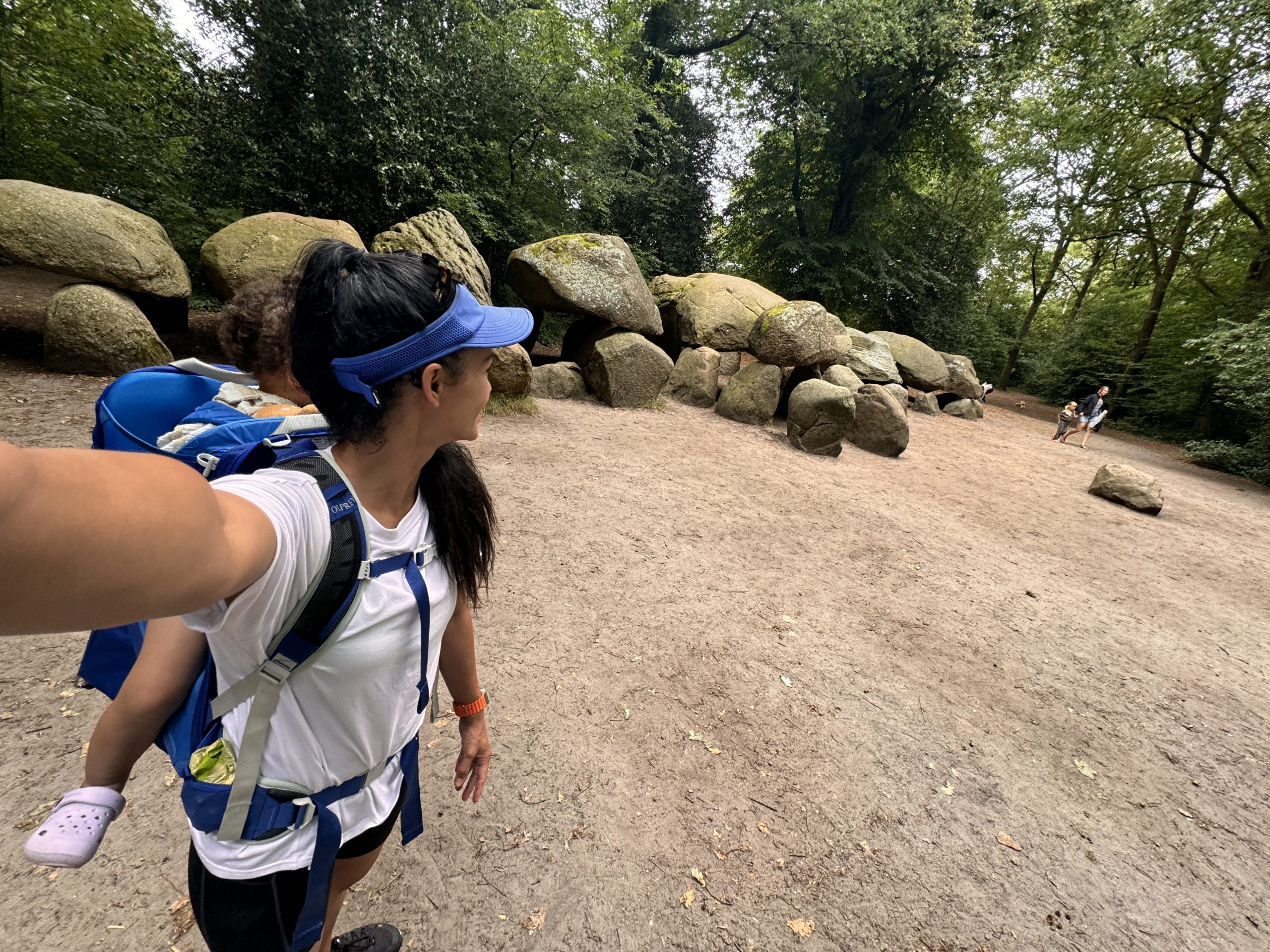

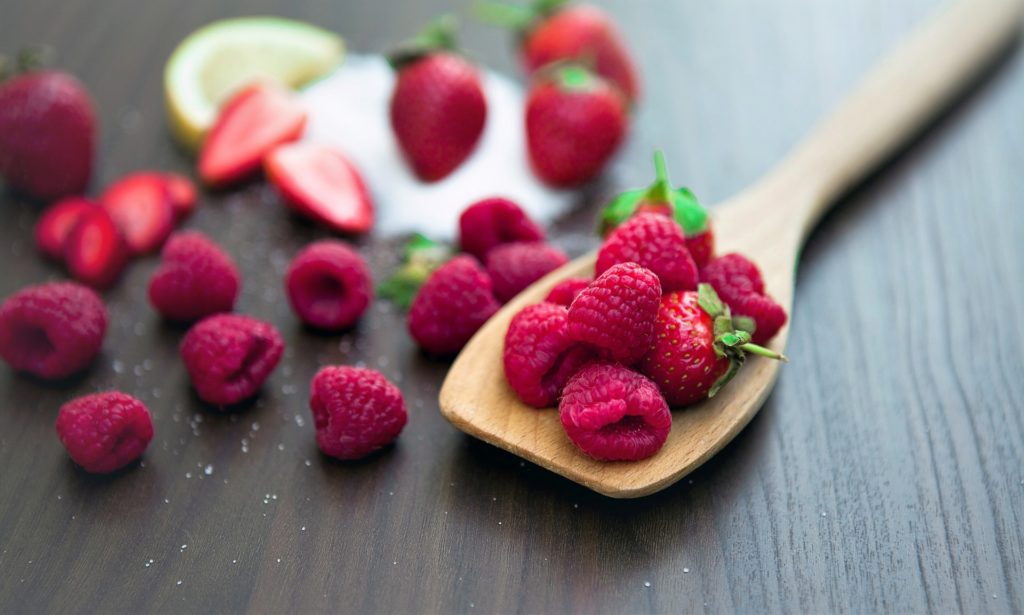
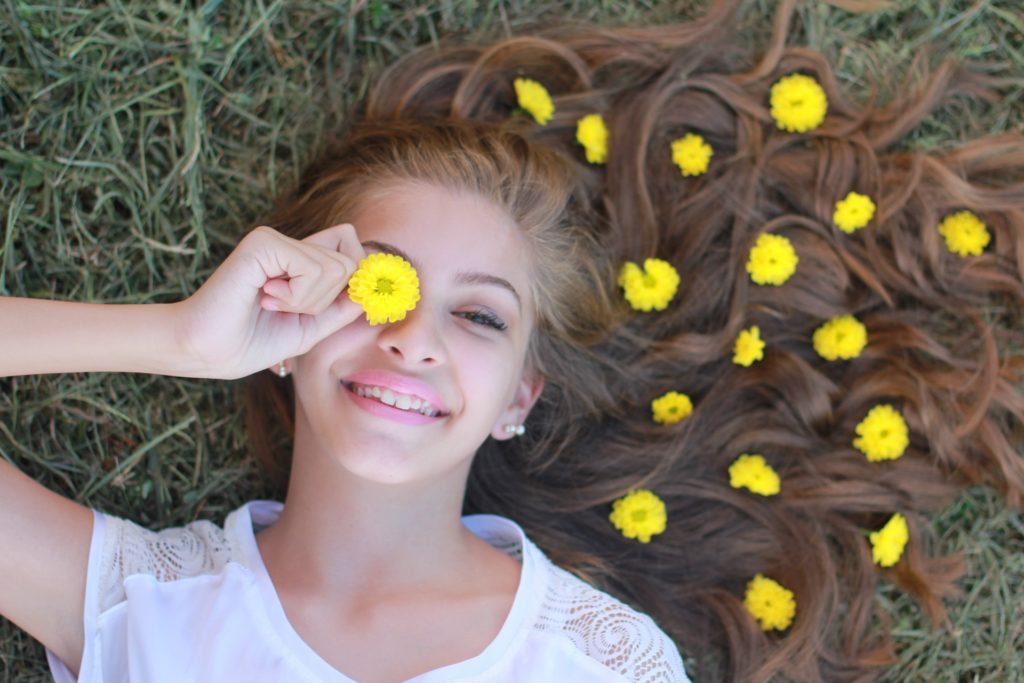
You must be logged in to post a comment.